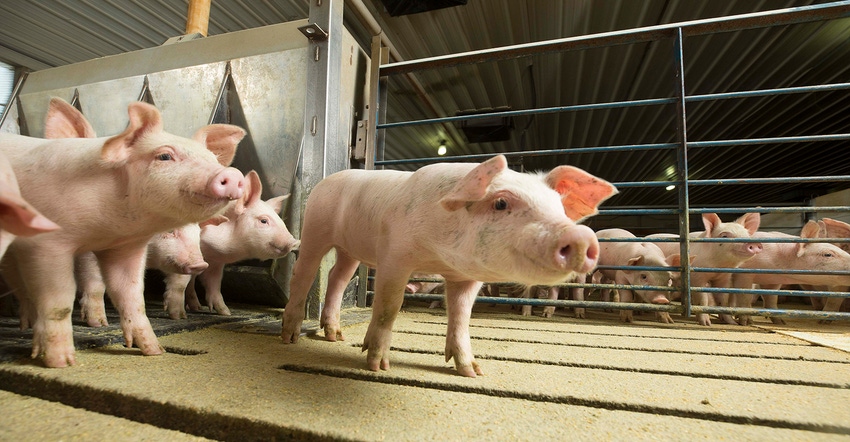Understanding ileitis in pigs
How common is it, what's the economic impact, and what are the symptoms?
May 23, 2024

By Jeff Blythe, DVM, PIPESTONE
Ileitis is a significant concern in pig production, presenting both health challenges for the animals and economic ramifications for producers. This disease, caused by the bacteria Lawsonia intracellularis, affects pigs worldwide and is particularly prevalent during warm weather months when feed intake can fluctuate.
Let’s break down what you need to know about ileitis:
How common is it and what does it cost?
Ileitis is a global issue in pig production, with over 70% of U.S. farms detecting the disease. The economic impact can be serious. It can reduce average daily gain and feed efficiency by 3-5%, and producers might see mortality rates increase by 1-3%. Subclinical ileitis, where symptoms are less obvious, costs approximately $5 per pig, while severe cases can exceed $10 per pig (Holtkamp, 2019).
Cause and symptoms
The disease is caused by the bacteria Lawsonia intracellularis, which affects the intestinal lining of pigs. Ileitis can manifest in two forms: acute and subclinical. Severe or acute ileitis causes dark brown to reddish-tinged, loose stools. Pigs with this form can quickly lose body condition, look pale and might die suddenly. Subclinical cases present as grey to brown loose stools, scattered throughout the barn, with pigs showing signs of weight loss and paleness, similar to stomach ulcers.
To figure out if your pigs have ileitis, your veterinarian can help you rule out other conditions like bloody scours. You can use diagnostic tools like PCR tests on fecal swabs and tissue samples to confirm if Lawsonia intracellularis is present.
Prevention and management
Preventing ileitis involves several key strategies:
All in/out production: This method helps create a disease break between groups of pigs, preventing the continuous buildup of bacteria and viruses.
Cleaning and disinfecting: Thorough cleaning, disinfecting and drying of facilities between groups limit bacterial buildup and carryover.
Vaccination: Vaccines like Enterisol Ileitis (oral) and Porcilis Ileitis (intramuscular) help build immunity in pigs, reducing the disease’s impact if they are exposed.
Effective prevention practices should be implemented year-round, but especially starting in February to cover pigs marketed during the summer months.
Treatment options
When prevention isn’t enough, treatment options include both oral and injectable antibiotics:
Oral treatments: Aivlosin and Tiamulin products
Injectable treatments: Tylan 200
These treatments help manage outbreaks but should be used only as needed to avoid over-reliance on antibiotics.
Ileitis is a serious threat to pig health and farm profitability. Understanding how common it is, the economic impact, and the symptoms can help you manage this disease better. Effective prevention practices, including vaccination and strict biosecurity measures, not only keep your pigs healthier but also boost your profits by cutting down on the need for antibiotics.
Connect with your PIPESTONE veterinarian anytime to discuss strategies for your operation.
You May Also Like



